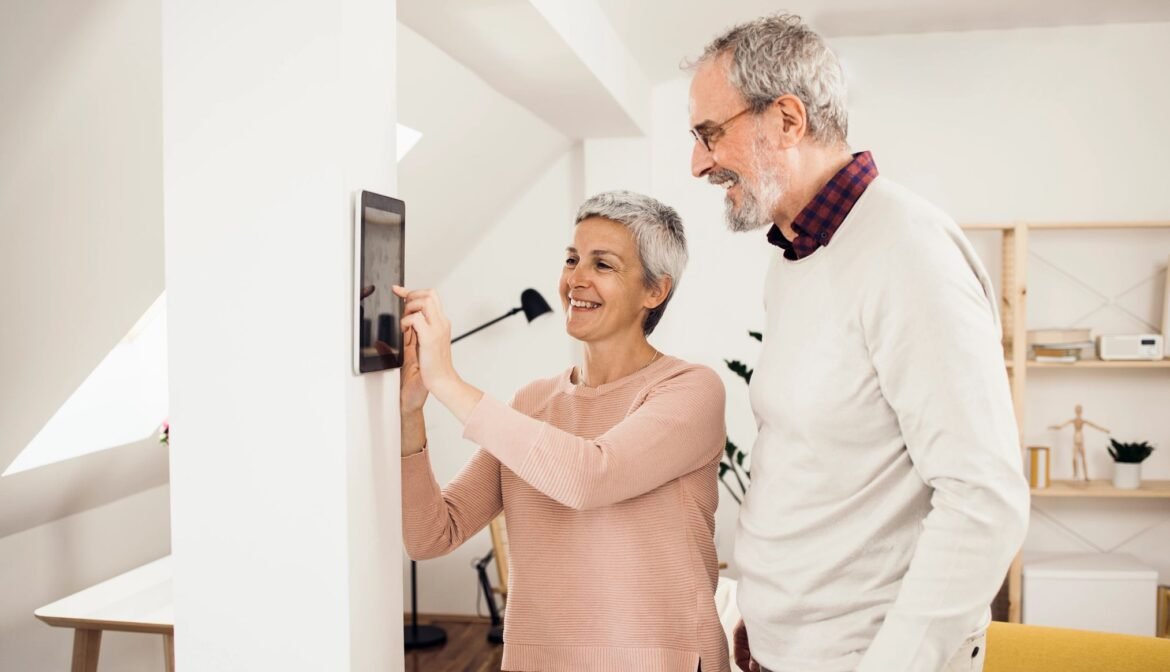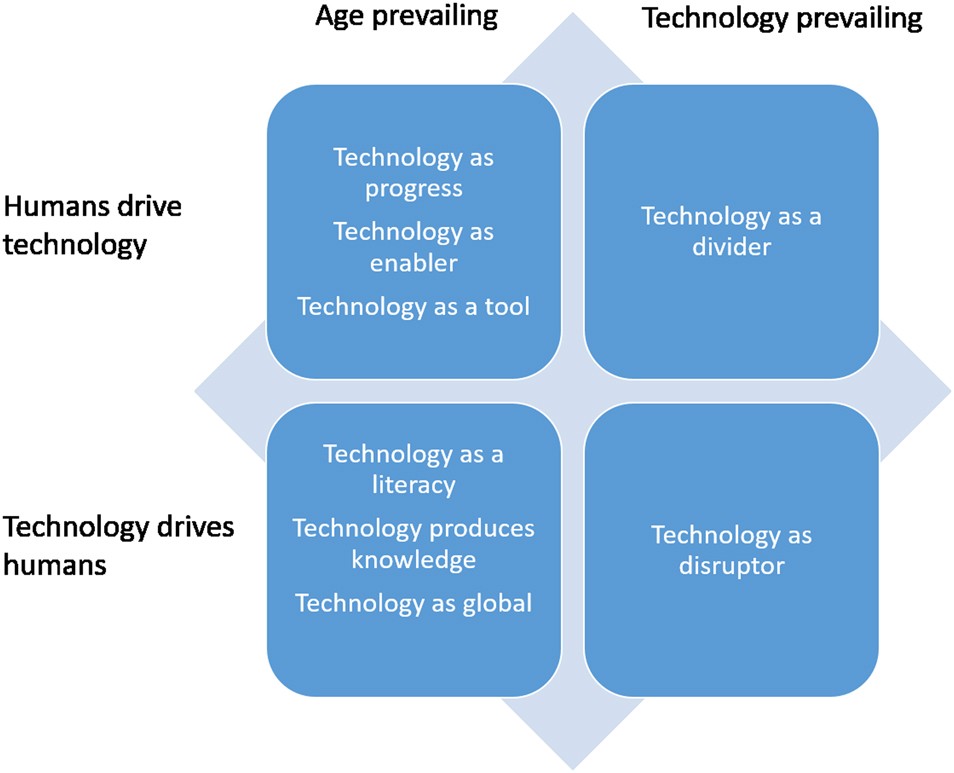
Introduction
Overview of Aging Populations
The global population is rapidly aging, with the United Nations projecting that by 2050, there will be more than two billion people aged 60 years and older. This demographic shift poses significant challenges and opportunities for societies worldwide.
For instance, in many developed nations, the elderly are now the fastest-growing age group. This demographic transformation is not merely a statistic but a reality impacting families, communities, and economies. A vivid example is seen in Japan, where innovative approaches to elder care have become vital. Cities like Tokyo are now implementing smart technologies to ensure seniors remain engaged and healthy.
Importance of Technological Innovations for Aging Demographics
Given this trend, the importance of technological innovations tailored for seniors cannot be overstated. These advancements serve to enhance the quality of life for older adults, ensuring they lead fulfilling lives with independence.
Key technological innovations include:
- Assistive devices that support mobility and daily tasks.
- Health monitoring solutions that provide real-time data to caregivers.
- Social platforms designed for fostering connections among seniors.
By addressing the unique needs of the aging population, tech developments can empower older adults to remain active participants in society. At TECHFACK, we showcase how such innovations are transforming senior care for the better, serving both as a necessity and an opportunity for growth.
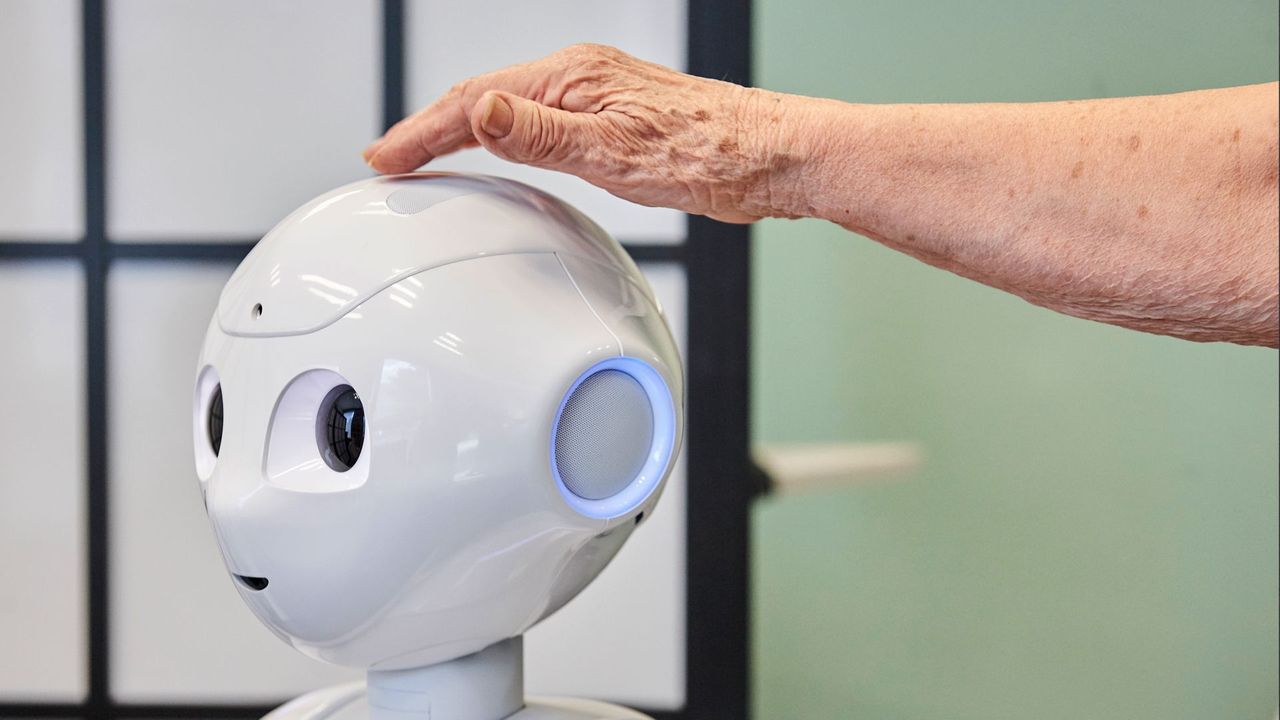
Impact of Technology on Aging Populations
Assistive Technologies for Independent Living
The wave of technological advancements has significantly improved independent living for seniors. Assistive technologies, such as mobility aids and smart home devices, empower older adults to perform daily activities confidently and safely. A personal example is my grandmother, who struggled with stairs until we installed a stairlift. This small change revitalized her independence, allowing her to move freely between floors without assistance.
Health Monitoring Devices for Seniors
In addition to mobility aids, health monitoring devices are revolutionizing the way seniors manage their health. Wearable devices like smartwatches and health trackers facilitate real-time monitoring of vital signs, enabling easy communication with healthcare providers. This was particularly beneficial for a neighbor of mine who suffered from hypertension. Thanks to her smartwatch, she could monitor her blood pressure and receive reminders for medication intake, helping her maintain better health.
Key health monitoring technologies include:
- Wearable heart rate monitors
- Smart pill dispensers
- Blood glucose meters
Social Connection Solutions for Elderly Individuals
Finally, technology has bridged the social gap for elderly individuals, combating loneliness through various platforms. Video calling apps, online communities, and social media enable seniors to connect with loved ones and new friends. I recall my own father joining a weekly online book club, which not only engaged his mind but also enriched his social life.
These innovations highlight how technology can positively affect aging populations, fostering independence, health, and connection.
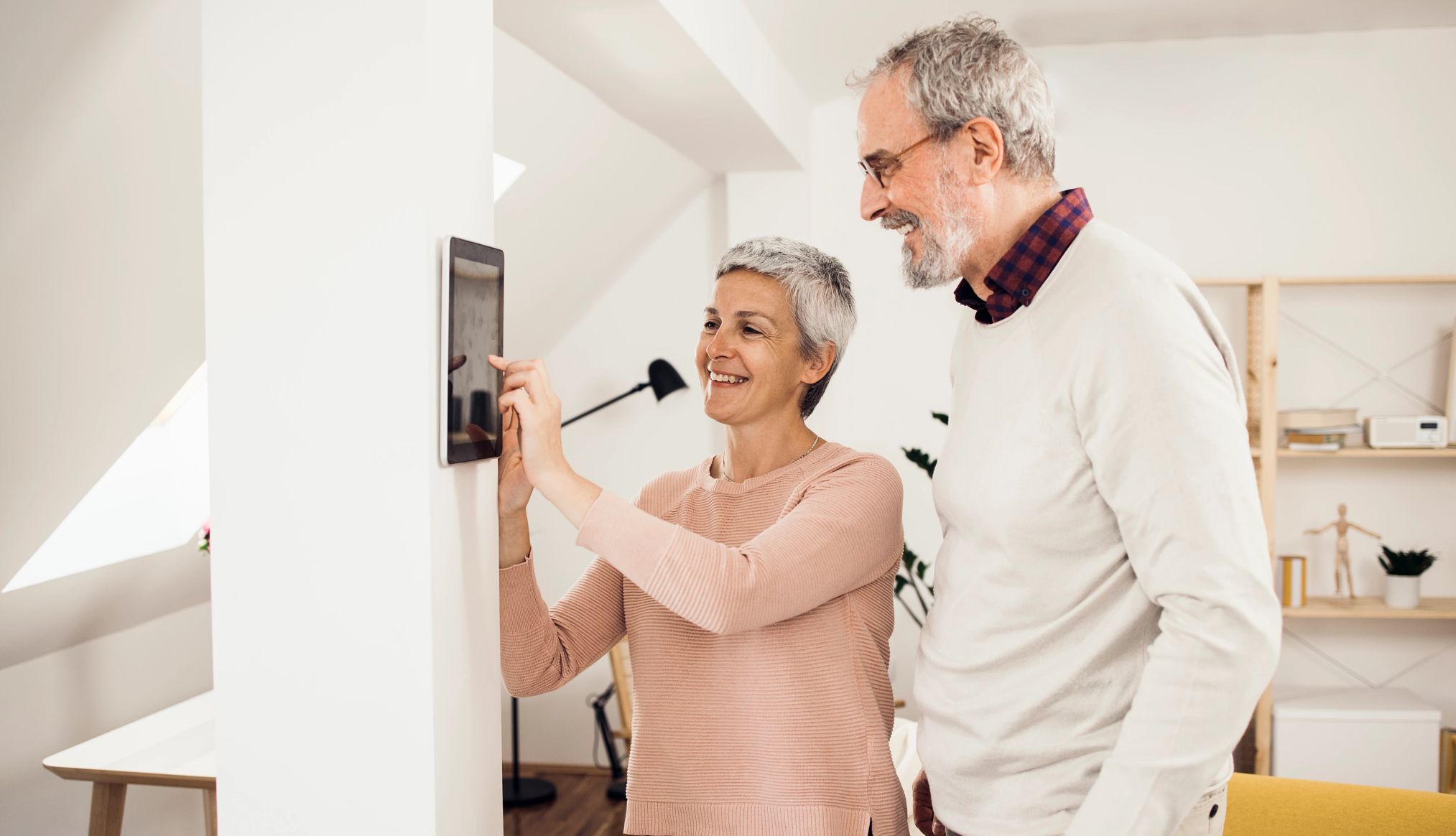
Future Trends in Tech for Aging Populations
Robotics and AI in Elderly Care
As we look toward the future, robotics and artificial intelligence (AI) are poised to transform elderly care dramatically. Robotic companions, designed to assist seniors with daily tasks, can alleviate the burden on caregivers while providing companionship. For example, a friend of mine connected her mother with a robotic pet that responded to her emotions, leading to improved mental well-being and reduced feelings of loneliness.
Key uses of robotics and AI include:
- Medication reminders and management
- Smart home integration for safety
- Companion robots for emotional support
Virtual Reality Applications for Senior Health and Wellbeing
Virtual reality (VR) applications are another exciting frontier for aging populations. These immersive technologies can transport seniors to different environments, creating experiences that engage their minds and bodies. A colleague’s mother, who has mobility issues, found joy in attending virtual travel experiences that allowed her to “visit” places around the world.
Benefits of VR for seniors include:
- Enhanced cognitive stimulation
- Reduced anxiety and depression
- Physical rehabilitation through interactive exercises
Wearable Technology Advancements for Aging Adults
Lastly, wearables continue to evolve, providing increasingly sophisticated health tracking capabilities. Newer devices now monitor not just basic vitals but also more complex metrics like hydration levels and sleep patterns. This proactive health management is invaluable for seniors.
For instance, my uncle recently adopted a smartwatch that alerted him to irregular heart rhythms, enabling timely intervention.
These innovations underscore a future where technology enhances the quality of life for aging populations, promoting independence and improved health outcomes.

Ethical Considerations in Developing Tech for Seniors
Privacy Issues in Senior Tech
As technology for aging populations continues to evolve, ethical considerations, particularly around privacy, become increasingly crucial. Seniors may not always be aware of how their personal data is being collected, utilized, or shared, which can lead to vulnerabilities. When my grandmother began using a health monitoring device, we were conscious of ensuring that her data remained secure, and she felt empowered to take control of her privacy settings.
Key privacy concerns include:
- Data security breaches compromising sensitive health information
- Informed consent regarding data usage and sharing
- Transparency about how companies safeguard personal information
Educating seniors on these matters is vital, as it helps build trust in the technologies designed to assist them.
Ensuring Accessibility and Inclusivity in Aging Tech Solutions
In addition to privacy, accessibility and inclusivity must also be at the forefront of tech development for seniors. Many older adults may face challenges like diminished vision, hearing impairments, or cognitive decline. Designing technology that accommodates these needs fosters a better user experience.
For example, a friend’s grandfather struggled to use standard smartphones due to small text. However, when he switched to a senior-friendly device with larger buttons and clearer interfaces, he regained confidence in communicating with family.
Considerations for creating accessible technology:
- Customizable user interfaces for individual needs
- Voice-activated features to assist those with mobility constraints
- Comprehensive training resources to help seniors adapt to new technologies
By addressing these ethical dimensions, we can develop a more supportive, secure environment for aging populations, allowing them to thrive in the age of technology.
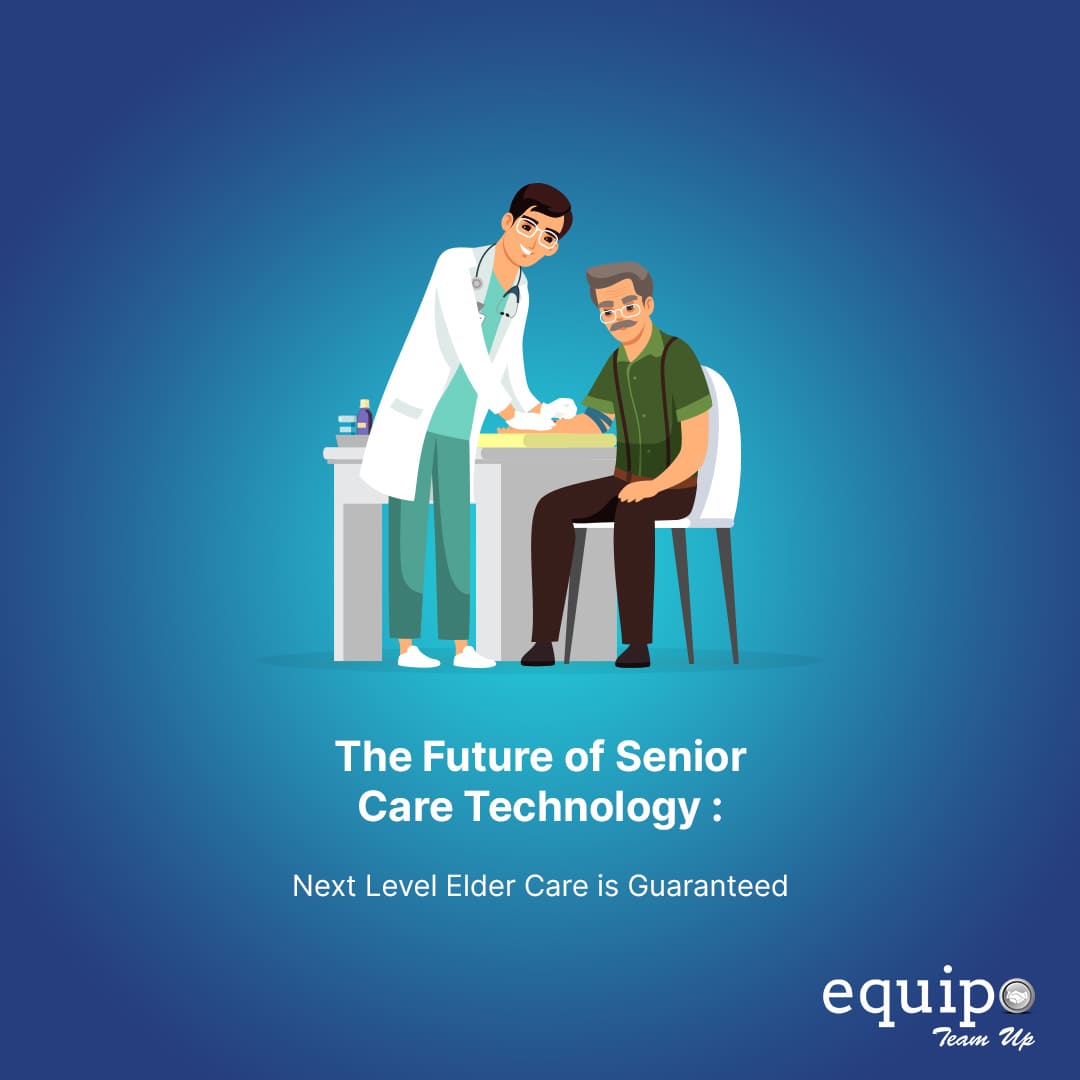
Collaboration between Tech and Healthcare Industries for Senior Care
Integration of Healthcare Data with Technology
As we continue to explore future innovations, the collaboration between the tech and healthcare industries is proving vital for improving senior care. One of the pivotal aspects of this collaboration is the integration of healthcare data with technology. By harnessing data from electronic health records (EHRs) and wearable devices, healthcare providers can deliver personalized care tailored to the unique needs of each senior.
For instance, my neighbor uses a health app that syncs with her doctor’s EHR, allowing her provider to monitor her vital signs in real-time. This integration enables swift adjustments to her treatment plans and enhances communication about her health.
Benefits of this integration include:
- Improved care coordination among healthcare providers
- Real-time alert systems for abnormal health indicators
- Streamlined appointment and medication management
Partnerships Driving Innovation in Senior Care
Moreover, partnerships between tech companies and healthcare organizations are driving innovation in senior care. These collaborations foster the development of cutting-edge solutions that address specific needs of aging populations. An inspiring example is the partnership between a tech startup and a local hospital, which resulted in a telehealth platform that provides remote consultations for seniors. This initiative significantly reduces barriers to healthcare access, particularly for those with mobility issues.
Examples of impactful partnerships include:
- Telemedicine platforms that facilitate remote health consultations
- Research collaborations focused on developing assistive technologies
- Community outreach programs promoting health tech literacy among seniors
By leveraging these collaborations, we can ensure that aging individuals receive comprehensive care blending technology with medical expertise, ultimately enhancing their quality of life.

Challenges and Opportunities in Implementing Future Tech for Aging Populations
Affordability and Accessibility Barriers
While the potential for future tech in aging populations is vast, several challenges need addressing, especially concerning affordability and accessibility barriers. Many seniors live on fixed incomes, making it difficult to invest in cutting-edge technologies that could enhance their quality of life. For instance, a friend of mine faced financial strain when trying to purchase a health monitoring device because his insurance did not cover it.
Key affordability and accessibility challenges include:
- High upfront costs for advanced technologies
- Limited insurance coverage for tech-related health solutions
- Geographic disparities that restrict access to technology, especially in rural areas
Addressing these hurdles offers substantial opportunities for businesses and policymakers to innovate affordable solutions specifically tailored for seniors.
Training and Education Needs for Seniors and Caregivers
In addition to financial barriers, the need for effective training and education for seniors and their caregivers cannot be understated. Many older adults may feel intimidated by new technologies, creating a gap in utilization. When my aunt received her first smartphone, she struggled to understand how to use it until a local senior center offered free tech workshops. After attending, she gained confidence, enabling her to connect with family and friends through video chats.
Essential training components may include:
- Hands-on workshops for practical experience
- Resource guides or tutorials tailored to seniors
- Support networks for ongoing assistance
By focusing on these challenges and turning them into opportunities for growth, we can pave the way for a more inclusive tech landscape for aging populations.

Conclusion
Recap of Key Innovations for Aging Populations
As we reflect on the strides made in technology aimed at enhancing the lives of aging populations, it’s essential to recap some of the key innovations that have emerged. From assistive technologies that boost independent living to health monitoring devices providing peace of mind, the impact on seniors’ lives is profound.
For example, robotic companions and AI-driven healthcare solutions not only make daily tasks easier but also add a layer of emotional support. Additionally, virtual reality applications are broadening horizons for cognitive engagement, allowing seniors to enjoy experiences that may have been out of reach due to physical limitations.
Key innovations include:
- Assistive devices for mobility and daily tasks
- Health monitoring technology for proactive care
- Social connection platforms to combat loneliness
Future Outlook for Technology in Senior Care
Looking ahead, the future of technology in senior care appears promising. With continuous advancements in AI, wearables, and telehealth solutions, seniors will increasingly experience tailored care that addresses both physical health and emotional well-being.
As a society, investing in the training and education of seniors and caregivers, ensuring affordable access, and prioritizing ethical considerations will be vital for unlocking the full potential of these technologies. At TECHFACK, we believe that by overcoming these challenges, we can create a future where aging populations thrive, remaining engaged, healthy, and connected. The journey is just beginning, and the possibilities are exciting!
